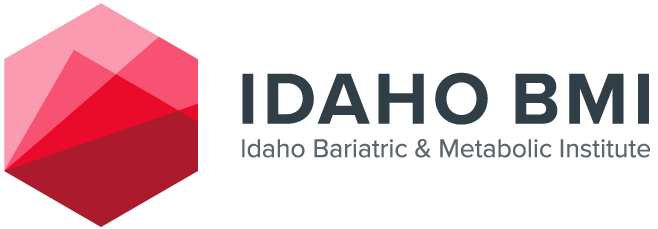When considering bariatric surgery as a solution for weight loss and improved health, one crucial decision patients face is where to undergo the procedure. In Idaho, individuals exploring this option may find themselves debating between a surgery center and a hospital. Both offer unique benefits and considerations, and understanding the differences can help patients make informed decisions about their healthcare journey.
Understanding Bariatric Surgery
Bariatric surgery, also known as weight loss surgery, is a procedure that alters the digestive system to help individuals lose weight by restricting food intake or interrupting the digestive process. It’s often recommended for those with severe obesity or obesity-related health issues like type 2 diabetes and high blood pressure.
The Hospital Setting
Hospitals are traditional settings for surgical procedures, including bariatric surgery. Here are some key points to consider when opting for bariatric surgery at a hospital:
– Comprehensive Care: Hospitals typically offer a wide range of medical services and specialists, providing comprehensive care before, during, and after surgery.
– Advanced Facilities: Hospitals are equipped with advanced medical technology and facilities, ensuring access to emergency care and specialized equipment if complications arise.
– Multidisciplinary Team: Bariatric surgery in a hospital often involves a multidisciplinary team of healthcare professionals, including surgeons, nurses, dietitians, and psychologists, providing comprehensive support.
– Higher Cost: Bariatric surgery performed in a hospital setting may come with a higher cost compared to surgery centers due to the overhead expenses associated with running a hospital.
The Surgery Center Experience
Surgery centers, like Everest Surgical Institute, also known as ambulatory surgery centers (ASCs), specialize in outpatient procedures and offer an alternative setting for bariatric surgery. Here’s what to expect when choosing a surgery center:
– Convenience: Surgery centers typically offer a more streamlined experience with shorter wait times, convenient scheduling, and a focus on efficiency, making them appealing to patients seeking convenience.
– Lower Cost: Bariatric surgery performed at a surgery center may be more cost-effective compared to hospitals, as surgery centers have lower overhead expenses.
– Specialized Care: While surgery centers may not offer the same range of medical services as hospitals, they often specialize in specific procedures like bariatric surgery, providing focused expertise and personalized care.
– Reduced Infection Risk: Surgery centers often have lower infection rates compared to hospitals, as they typically handle fewer high-risk cases and adhere to strict infection control protocols.
Considerations for Choosing
When deciding between a surgery center and a hospital for bariatric surgery, it’s essential to consider the following factors:
– Medical History and Risk Factors: Patients with complex medical histories or higher risk factors may benefit from the comprehensive care and advanced facilities available in a hospital setting.
– Insurance Requirements: Some insurances may dictate where your procedure will be performed based on certain requirements. With insurance coverage for bariatric surgery becoming more complex, some patients may prefer the self-pay route so they can choose the surgery center option instead of the hospital. To learn more about our self-pay option, visit our Quickstart page.
– Personal Preferences: Individual preferences regarding convenience, cost, and the overall surgical experience play a significant role in the decision-making process.
– Surgeon’s Recommendation: Consulting with a specialized clinic and bariatric surgeon at Idaho BMI can provide valuable insights and recommendations tailored to the patient’s specific needs and circumstances.
Choosing between a surgery center and a hospital for bariatric surgery in Idaho involves weighing various factors, including medical needs, insurance requirements, patient preferences, and recommendations from healthcare professionals. Both settings offer unique advantages, and the decision ultimately depends on what aligns best with the patient’s goals and priorities. By carefully evaluating these factors, individuals can embark on their bariatric surgery journey with confidence, knowing they’ve made an informed choice that suits their needs.
Take the first step and Inquire Now with Idaho BMI.
